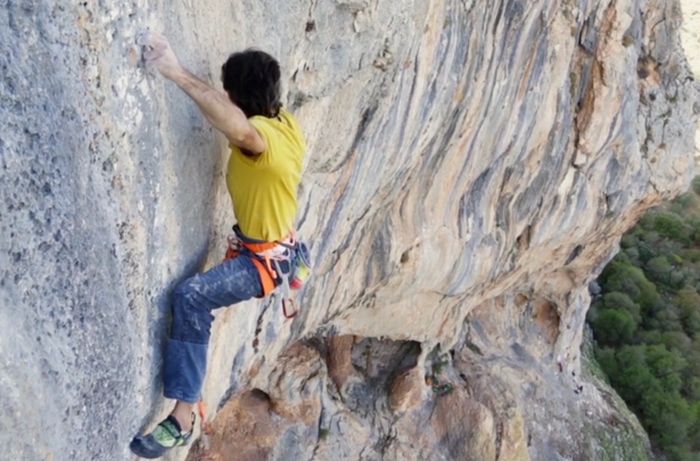|
|
Rock Climbing Photography
|
• Free climbing – The most commonly used method to ascend climbs refers to climbs where the climber's own physical strength and skill are relied on to accomplish the climb. Free climbing may rely on top rope belay systems, or on lead climbing to establish protection and the belay stations. Anchors, ropes and protection are used to back up the climber and are passive as opposed to active ascending aids. Subtypes of free climbing are trad climbing and sport climbing. Free climbing is generally done as "clean lead" meaning no pitons or pins are used as protection.
• Traditional climbing – Traditional or trad climbing involves rock climbing routes in which protection against falls is placed by the climber while ascending. Gear is used to protect against falls but not to aid the ascent directly.
• Sport climbing – Unlike traditional rock climbing, sport climbing involves the use of protection (bolts) or permanent anchors which are attached to the rock walls.
• Bouldering – Climbing on short, low routes without the use of the safety rope that is typical of most other styles. Protection, if used at all, typically consists of a cushioned bouldering pad below the route and/or a spotter, a person who watches from below and directs the fall of the climber away from hazardous areas. Bouldering may be an arena for intense and relatively safe competition, resulting in exceptionally high difficulty standards.
|
|









